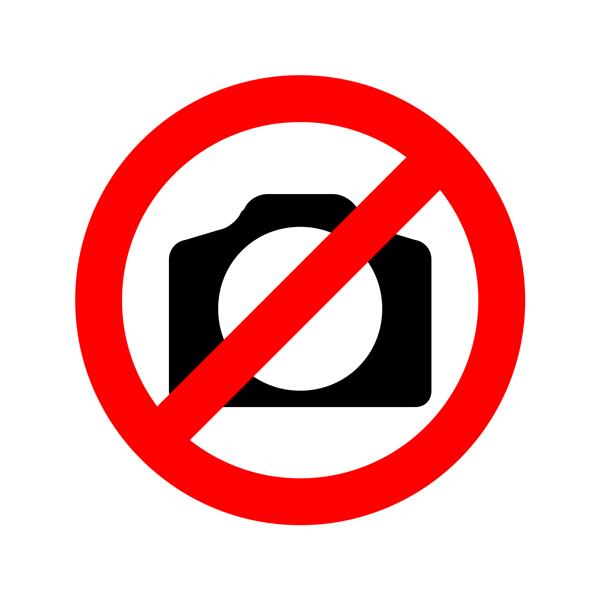The best way to stream hi-res audio from Apple Music
In my previous post on hi-res audio on Apple Music, I detailed how Apple’s ‘hi-res lossless’ content – 24bit/96kHz or 24bit/192kHz streams – can be downsampled or resampled by the playback hardware before it reaches the DAC, often unbeknownst to the end-user. To recap briefly: AirPlay and Apple TV OS are limited to 24bit/48kHz, macOS doesn’t offer automatic sample rate switching, Android resamples all audio to 48kHz and Google Chromecast doesn’t do gapless playback.
That leaves us with one way to tap Apple Music’s ‘hi-res lossless’ content: an iPad, connected to a USB DAC with Apple’s Lightning-to-USB adapter. The latter is sometimes referred to as the Camera Connection Kit or CCK. iPad Pro and 2020 iPad Air users whose devices rock a USB-C port can skip out on the CCK.
What follows will also work with an iPhone but I think the iPad’s larger touchscreen is better suited to hifi system hookups, largely because Apple Music’s album cover art display is more easily seen from the listening position. (Let’s get it out of the way early: the Apple Remote app cannot control Apple Music streaming, only locally stored audio.)
Before we hook up the hardware, we must update to iOS 14.6 and then activate the ‘hi-res lossless’ option in the Apple Music settings pane: look for the drop-down menu item that indicates access to 24bit/96kHz and 24bit/192kHz content. The next step is to find some of that hi-res lossless content. Apple Music gives us no way to slice their catalogue by sample rate so we have to go a-huntin’ and a-peckin’. Neil Young is a good starting point but only a few of his albums are marked as ‘hi-res lossless’.
If you’re frustrated by the paucity of hi-res audio content on Apple Music, consider this: there is no such thing as a hi-res streaming service. There are only lossless (CD-quality) streaming services with a sprinkling of hi-res-encoded titles — typically less than 10% of the total library. Apple Music is no exception.
Punching in Neil Young’s Rust Never Sleeps puts Apple’s ‘hi-res lossless’ logo on the Now Playing screen but it tells us nothing about the stream’s sample rate or bit depth until we press that logo. Hello 24bit/192kHz. The AudioQuest DragonFly’s LED colour coded LED glows magenta to indicate 96kHz.
Without Tidal Masters’ MQA-powered audio origami, AudioQuest’s DragonFly series of dongle DACs are capped at 96kHz. They downsample 24bit/192kHz to 24bit/96kHz to instead give priority to pocketability and sufficiently low power draw not to need slipstreamed power when paired with a smartphone or tablet. That makes them an ideal choice for anyone looking to take Apple Music’s hi-res feed (up to 24bit/96kHz) out into the street with an iPhone.

That’s as close as we get to a gotcha. Back with the hifi at home, connecting the iPad + CCK to another USB DAC – one with 24bit/192kHz support – would put a second prong on any Apple Music-aimed hi-res fork.
Cutting over to Harvest Moon turns the DragonFly Black’s LED green to indicate a) a CD-quality stream but also b) iOS’s automatic sample rate switching (which we don’t get from macOS). Live Rust‘s crowd noise isn’t audibly interrupted by track transitions to remind us that playback is gapless too.
That Apple’s iPad and iPhone (+ CCK + USB DAC) are the only devices that make it possible to stream anything above 24bit/48kHz from Apple Music without a ‘gotcha’ is a sober reminder that chasing the very few releases available in 24bit/96kHz (and even fewer in 24bit/192kHz) is an uber niche pursuit, even for audiophiles.
Further information: Apple Music
Additional thoughts:
1. Choosing music according to its sample rate is a classic case of the tail wagging the dog. In an ideal streaming world, we would hit play on an album and be served the best available version, invisibly and automatically.
2. Mastering quality impacts sound quality far more than the audio stream’s sample rate or bit depth. Where multiple (re)masters of an album exist, streaming services tend to favour the most recently-issued version, which, unfortunately for anyone who cares about sound quality, is often the most dynamically compressed. I’m looking at you, Mixed Up (by The Cure). This one reason to hang on to your original CDs!
3. Apple Music is currently in the process of walking back its enthusiasm for (hi-res) lossless audio. It now sees Spatial Audio as the future of music streaming because it apparently delivers a more immediate impact to the listener. However, every Spatial Audio release requires a studio engineer to create the mix. That means we could be in for a very long wait before the format gains enough momentum for audiophiles (like yours truly) to view it as a serious proposition. Many of us remember the mid-noughties and the music industry’s initial excitement for DVD-A surround sound mixes. And then excitement again for DSD in the early 2010s. And then Blu-Ray Audio a few years later. Where are they now?
4. One could argue that the advent of the iTunes store in 2003 and its AAC lossy compressed files cemented the demise of CD-quality audio and that Apple Music converting its 70 million-strong library to CD-quality this year is effectively giving us back what we once had (and have) as a matter of course with CDs.








